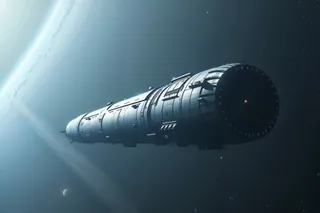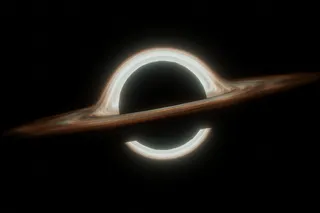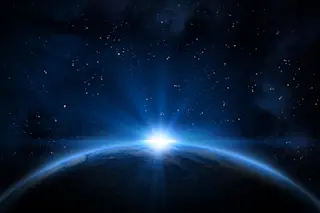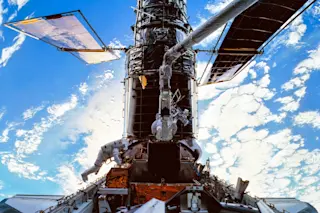SpaceX’s ambitious Starlink project could eventually launch more than 10,000 satellites into orbit and rewrite the future of the internet. But Elon Musk’s company has been taking heat from the astronomical community after an initial launch in late May released the first 60 satellites. The 500 pound (227 kg) satellites were clearly visible in Earth’s night sky, inspiring concern that they could increase light pollution, interfere with radio signals, and contribute to the growing issue of space debris.
This week, the American Astronomical Society, the International Astronomical Union, the British Royal Astronomical Society, and the International Dark-Sky Association (IDA) all issued statements expressing concern about Starlink’s potential to damage astronomical research by leaving bright streaks through images.
“The Starlink affair has raised the attention of the astronomy community in a way that I’ve not seen during my couple of decades in it,” says John Barentine, director of public policy at ...














